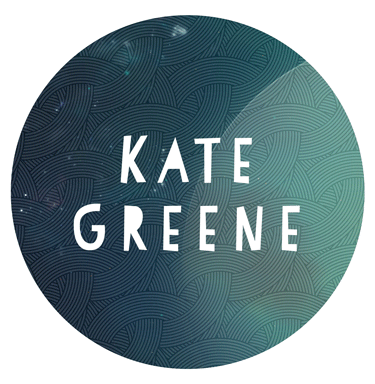(Updated 12:08 p.m. January 8, 2010 to include quantum dots as an upcoming display technology)
My survey of display tech, “The Hunt for the Perfect Screen,” was posted at Gizmodo a couple of weeks ago. It was a fun piece to write because it helped me see how much I’ve actually learned about screens like holographic systems, energy-efficient LCDs, bright and beautiful OLEDs, and lightweight plastic displays and their manufacturing. Most of it is fairly mind-blowing stuff. And it reminds me why I’m happy to be a technology reporter–I get to spend my time looking at the future.
The hardest part of writing the piece, unsurprisingly, was pruning the prose. There are a lot of specific technologies that I left out for the sake of flow and length. Below is a short list of topics that didn’t make it into the article.
- Non-holographic 3D displays like Mitsubishi’s hard-to-find Laser TV.
- 3D capture technology and the software that cleans up the double images.
- Up-and-coming e-reader technologies such as MEMS devices (mirasol from Qualcomm) and electrowetting (from Liquavista, a spinout of Philips). I wrote a fairly comprehensive summary of future e-reader technologies for The Economist here.
- Touch screens of all kinds. I only briefly mention in-cell touch, but I didn’t mention Jeff Han’s seminal work with frustrated total internal reflection at Perceptive Pixel or a new type of resistive touch developed by NYU spinoff, Touchco.
- Quantum dots–tiny nanocrystals that emit spectrally pure light–are being used to improve the efficiency of LCDs and could find their way in OLED screens down the road.
I plan to expand on some of these omitted topics in the future.
And now for a reporting outtake. Below is an anecdote on how a company I mentioned in the Giz article got its name.
- On the naming of Phicot: The company that’s trying to commercialize HP’s plastic electronics manufacturing process is called Phicot. When I asked Carl Taussig of HP what Phicot means, he told that one of the researchers has a son who, when he was an infant, would pick up objects and call them all the same word, something that sounded like “phicot.” A toy truck? Phicot. A book? Phicot. A piece of food? Phicot. The parents started to worry about the child’s intelligence, says Taussig. But when the boy grew up and was able to enunciate better, they learned that he was simply saying, “Look what I’ve got.” Which is also something you might say to people if you have a display manufactured by the company. Cute.
